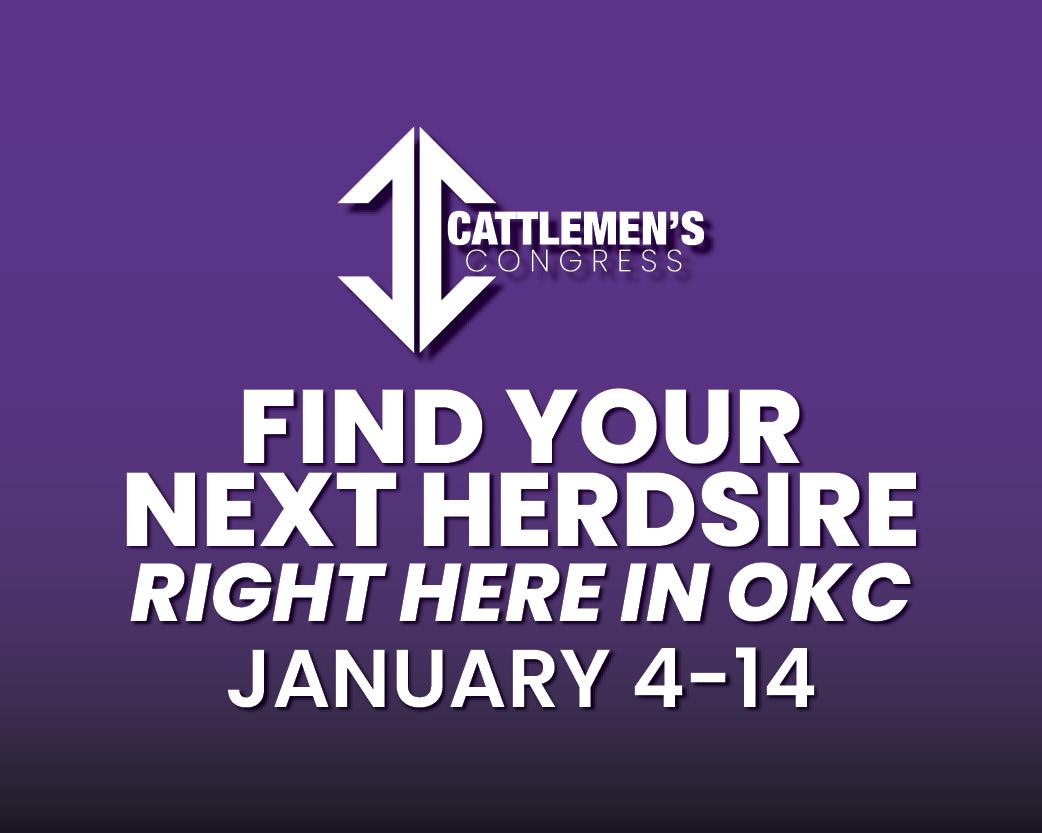
Dr. Derrell Peel, Oklahoma State University Extension Livestock Marketing Specialist, offers his economic analysis of the beef cattle industry as part of the weekly series known as the “Cow Calf Corner,” published electronically by Dr. Peel, Mark Johnson, and Paul Beck. Today, Dr. Peel discusses Winter Wheat Grazing and Stocker Prospects.
Unseasonably cool and wet weather in late August has resulted in the best prospects for early planted wheat in several years. Ample rain across much of Oklahoma, especially in major wheat production areas, is providing the moisture and cool soil temperatures necessary for wheat germination. Early wheat establishment and growth could lead to earlier and more grazing potential this fall. Producers will be looking ahead to the best ways to utilize additional wheat forage this fall and winter.
The current cattle market situation provides quite different opportunities and challenges for cow-calf and stocker producers. In late 2022, cattle prices began the sharp trend up leading to current levels. Table 1 shows how 2025 cattle market conditions compare to the last week of August in 2022.

The value of calves has increased by nearly 135 percent in the three-year period, increasing from less than $1,000/head to almost $2,300/head. The value of yearlings has increased over 110 percent in the same period. The stocker margin between the two levels has increased just over 50 percent since 2022, with a current value of gain of $1.99/lb. In other words, while a 475-pound steer currently sells for over $4.81/lb., the value of adding an additional 300 pounds of weight to the steer is just about $2.00/lb. All costs of production beyond the animal cost, plus any profit potential, must be covered by the value of gain.
The value of gain reported here is based on current beginning and ending animal values. The value of winter wheat stockers next March is unknown but Feeder futures provides an indication. Deferred Feeder futures are priced at a discount to current market values, limiting any potential to lock in stocker margins for the winter grazing period.
The 2025 stocker situation shown in Table 1 shows that stocker producers must carefully evaluate stocker enterprises this year. The combination of market focus on calves and calf prices, along with relatively cheap feedlot cost of gain. means that the potential for stocker production is squeezed at this time. Stocker cattle numbers are limited, and significant numbers of calves have been sold early this year. At the same time, feedlots have a strong economic claim on the limited feeder supplies and will likely purchase and place lighter weight feeders in feedlots. In general, stocker opportunities are limited to starting with very lightweight animals and selling rather quickly at lighter feeder weights.
The potential for substantial winter wheat forage begs the question of what the most valuable use of that forage will be. Traditional stockers have limited potential but may be feasible under carefully considered circumstances. Wheat forage may also be used for cow-calf production or perhaps to “stocker” replacement heifers in development for breeding.
Dr Derrell Peel discusses how beef prices are already high — but could they climb even further? Derrell Peel, OSU Extension livestock marketing specialist, shares market outlook and economic forces that may continue driving beef prices upward on SunUpTV from September 1, 2025. https://www.youtube.com/watch?v=VvxKMh1e8UA


















